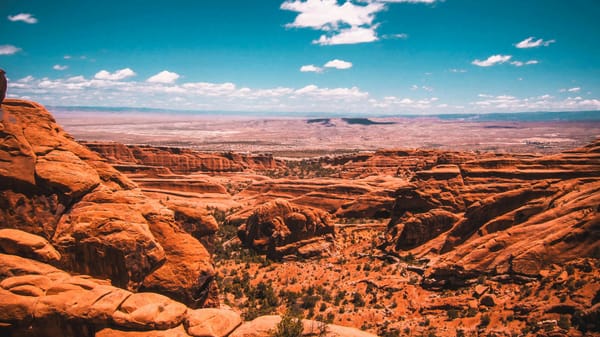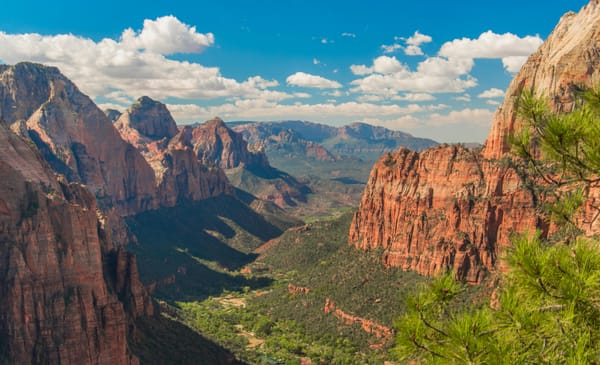Wednesday☕️
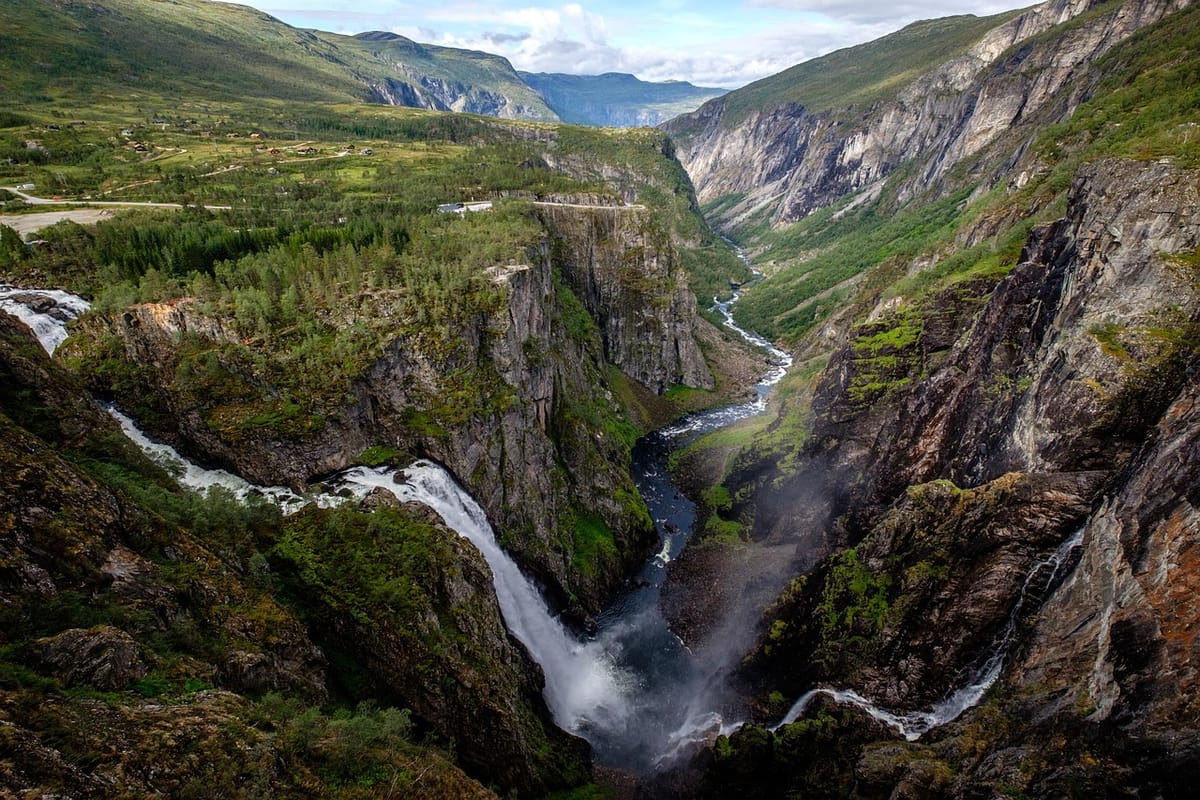
Trending:
- As of April 15, 2025, Fulani herdsmen have escalated attacks on Christian communities in Plateau State, Nigeria, with over 15 incidents reported recently. On April 14, a raid in ZK Village, Barkin Ladi County, resulted in 51 deaths and widespread property destruction. Earlier attacks, such as those on April 2-3 in Bokkos County, killed over 60 people and displaced more than 1,000, affecting villages like Hurti and Ruwi. Local reports indicate that armed groups, often identified as Fulani, have used firearms and machetes, contributing to significant casualties and damage.
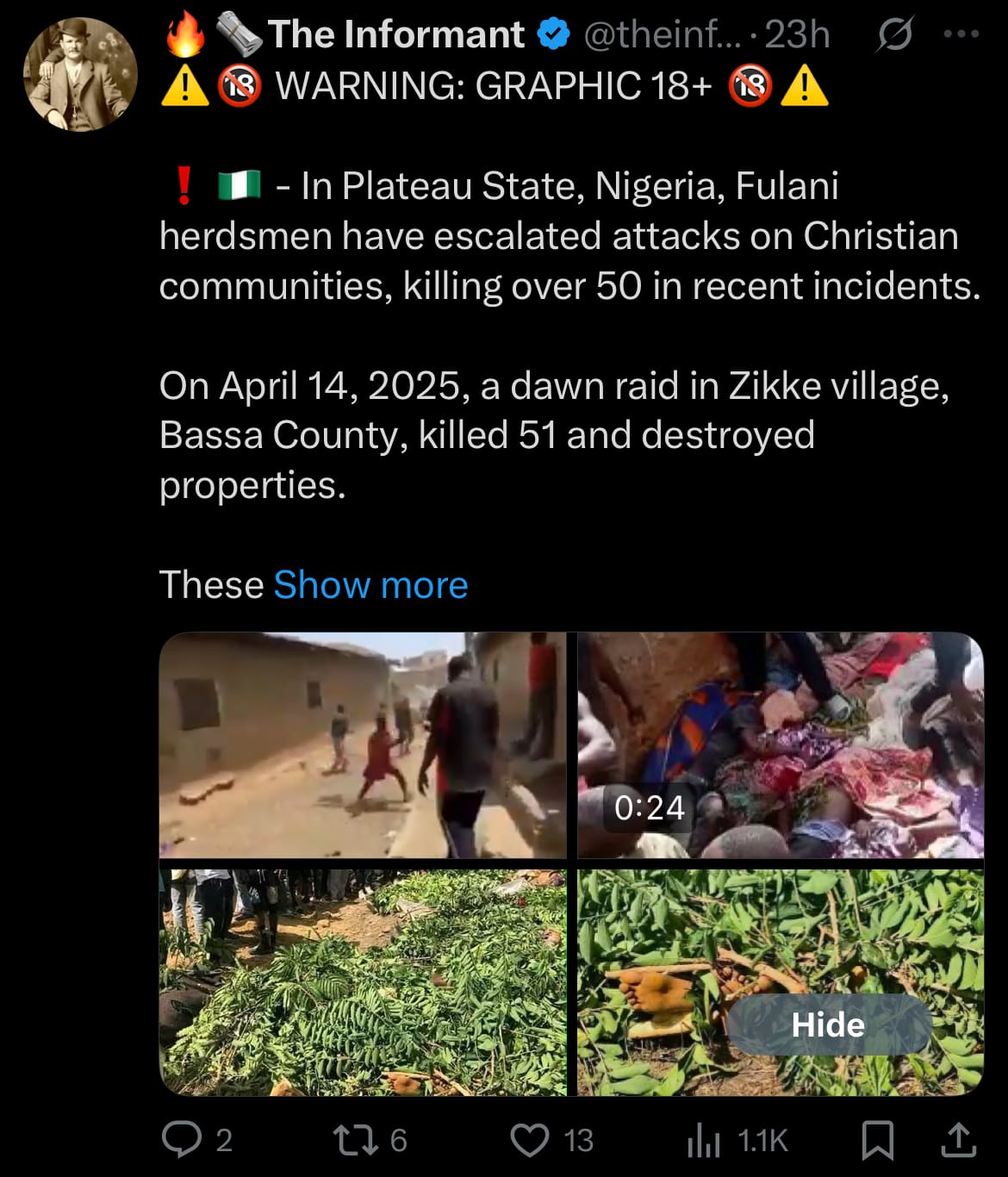
- The violence in Plateau State stems from longstanding tensions over land and resources in Nigeria’s Middle Belt, where the Christian farming population and Muslim Fulani herders coexist. Environmental factors, such as desertification, have intensified competition for arable land. Security responses have faced criticism for being insufficient, with delays in interventions reported by residents. The government has deployed forces, but challenges persist, including displacement and threats to food security.
Economics & Markets:
- Yesterday’s U.S. stock market:
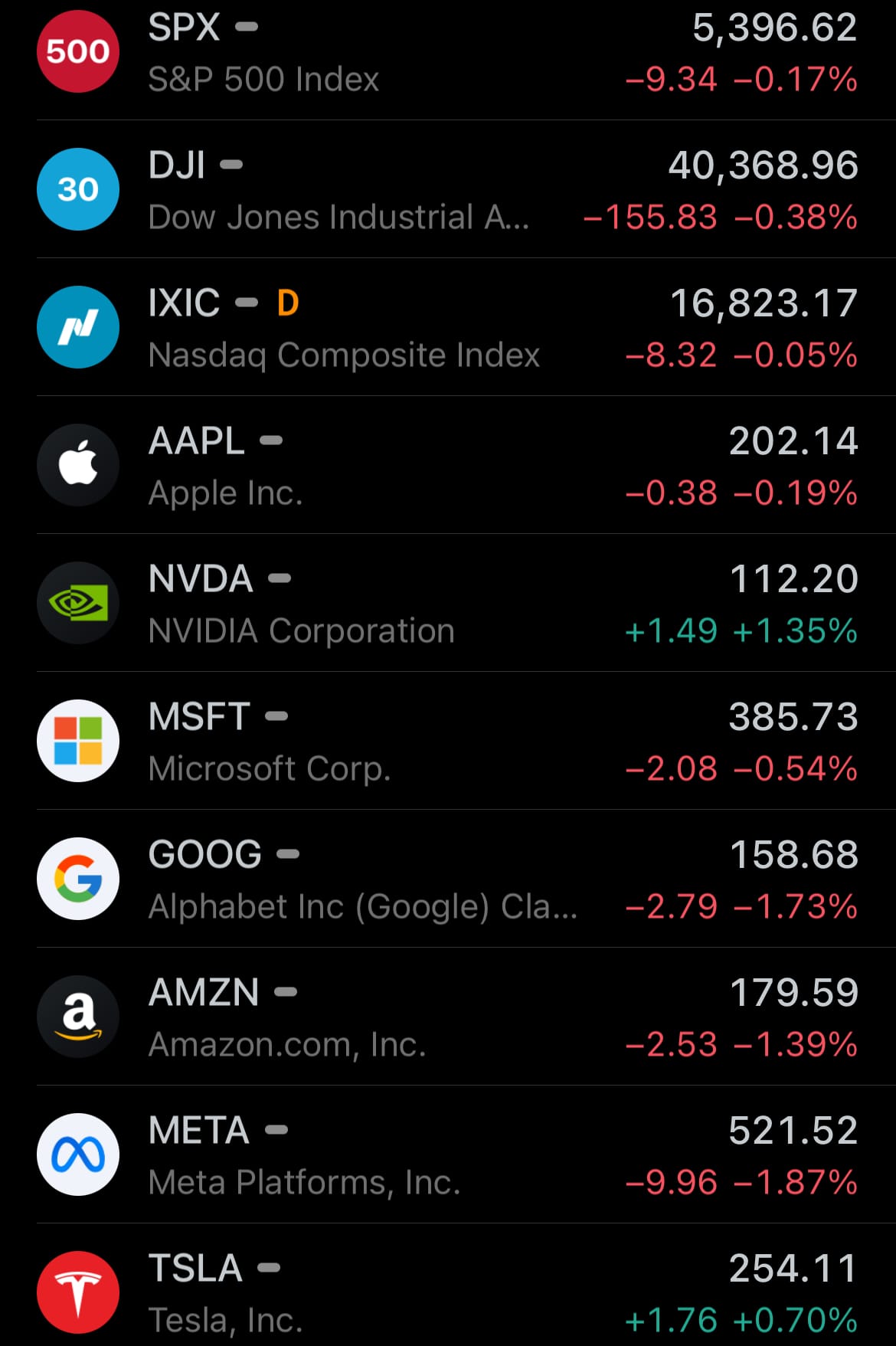
- Yesterday’s commodity market:

- Yesterday’s crypto market:
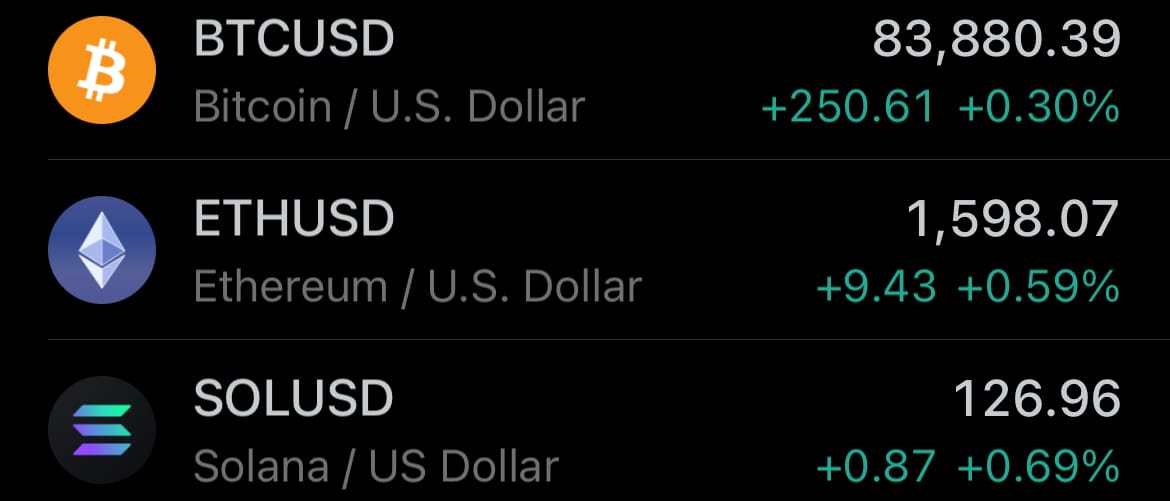
Geopolitics & Military Activity:
- Yesterday, April 15, 2025, Russian media outlets briefly released a video showing troops operating First-Person View (FPV) drones from a skyscraper in Moscow City, before swiftly removing it. The footage, depicted military personnel controlling drones from within the civilian structure, highlighting the use of urban infrastructure for military operations. The rapid deletion of the video, following criticism from Russian military experts, suggests an attempt to conceal the strategic use of civilian buildings in drone warfare. This incident reveals how residential and commercial buildings in Moscow are being repurposed for military logistics, such as drone operations, which require secure, elevated locations for effective control and communication.

- The use of civilian infrastructure for military purposes, as demonstrated in the Moscow City video, underscores a broader trend in the Russia-Ukraine conflict where both sides target residential and commercial buildings, suspecting their use for military capabilities. In urban warfare, structures like high-rise apartments or office towers can serve as strategic hubs for drone support, surveillance, or logistics due to their height, connectivity, and access to power. This blurring of civilian and military spaces increases the risk of such buildings being viewed as legitimate targets, as seen in drone strikes across Ukraine and Russia. The Moscow incident illustrates how the integration of advanced drone technology into urban settings complicates the distinction between civilian and military targets, potentially justifying attacks on populated areas and escalating the conflict’s impact on civilian infrastructure.
Environment & Weather:
- As of April 15, 2025, heavy rainfall from April 4 to April 11 caused the Ndjili River to overflow, resulting in severe flooding across 13 of Kinshasa’s 24 municipalities in the Democratic Republic of Congo, including Mont-Amba, Ndjili, Masina, and Limete. The floods have caused at least 100 deaths, 170 injuries, and displaced over 7,000 people, affecting more than 60,000 residents. Homes have been damaged, major roads, such as the access to N’djili International Airport, are submerged, and power and water supplies are disrupted. Emergency shelters, including the Stade des Martyrs hosting over 4,500 people, are operational, with assistance from the United Nations and Red Cross, though continued rain and logistical challenges impact relief efforts.
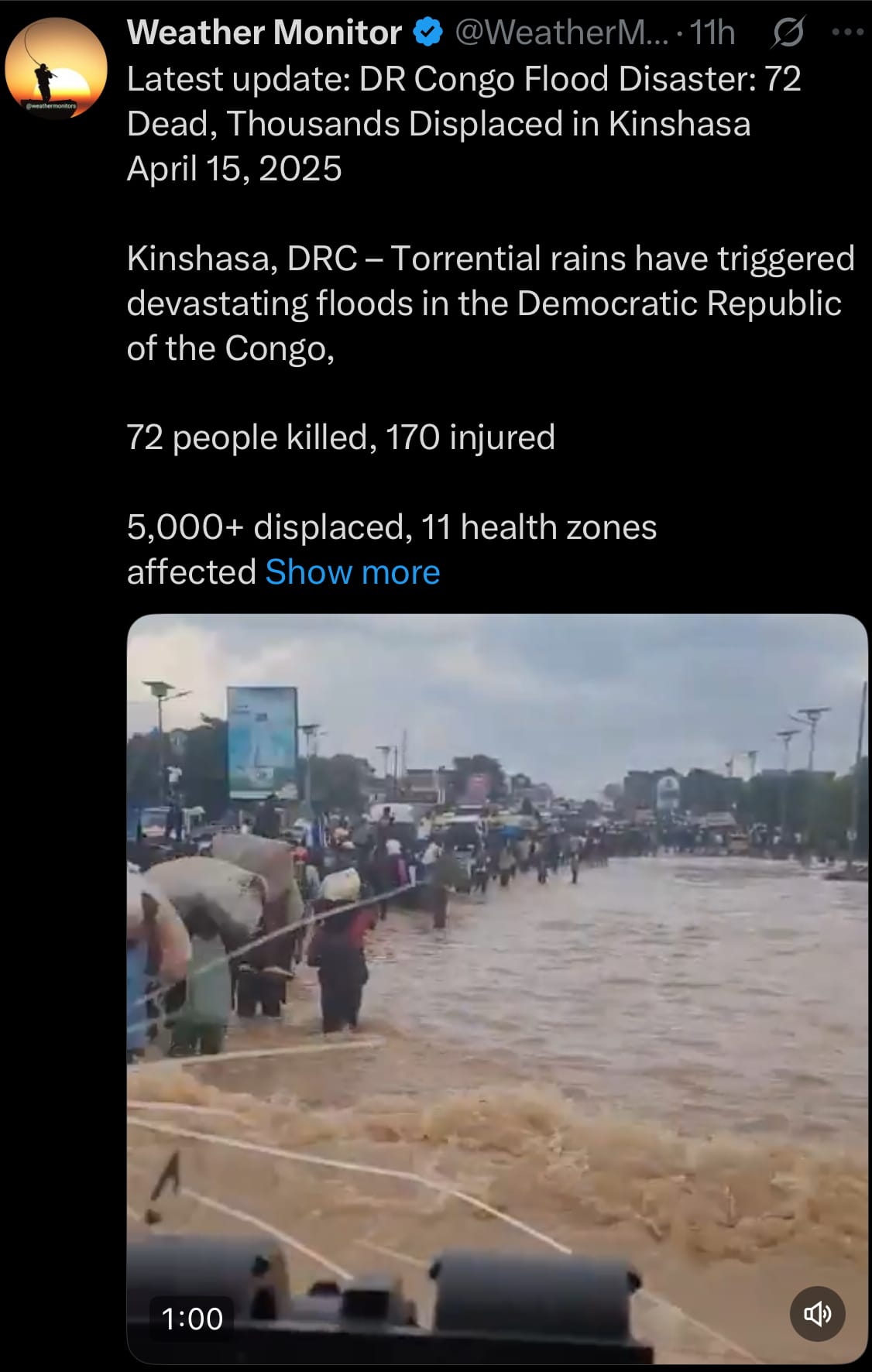
- Kinshasa’s flooding is linked to seasonal heavy rains, which regularly strain the city’s drainage and infrastructure systems. Authorities have employed ferries and military personnel to evacuate residents, while the Health Ministry notes disruptions in 11 health zones, affecting medical services. The United Nations Satellite Centre and International Charter are supporting damage assessments, and local initiatives are providing food, water, and shelter. The government has requested national and international support to address the immediate needs of affected communities and facilitate recovery in the capital.

Science & Technology:
- Yesterday, April 15, 2025, OpenAI launched an image library feature for ChatGPT, allowing Free, Plus, and Pro users on iOS and web platforms to store and manage AI-generated images in a centralized location. This feature organizes images created by the GPT-4o model, which enables ChatGPT to generate detailed and contextually relevant visuals from text prompts. The library streamlines the process of accessing and retrieving these images, making it easier for users to work with their generated content within the conversational interface.

- The GPT-4o model’s image generation capabilities allow ChatGPT to produce a wide range of visuals, from realistic scenes to stylized illustrations, directly integrated into the chat experience. Users can generate images through natural language prompts, with the model interpreting and rendering content based on the described context. The image library enhances this functionality by providing a structured way to view and organize all generated images, supporting a more efficient workflow for users engaging with ChatGPT’s visual output.
Statistic:
- Countries ranked by total market capitalization of their public companies:
- 🇺🇸 United States: $55.061T
- 🇨🇳 China: $7.156T
- 🇯🇵 Japan: $5.007T
- 🇮🇳 India: $4.080T
- 🇬🇧 United Kingdom: $3.602T
- 🇫🇷 France: $2.958T
- 🇨🇦 Canada: $2.926T
- 🇩🇪 Germany: $2.625T
- 🇸🇦 Saudi Arabia: $2.528T
- 🇨🇭 Switzerland: $2.427T
- 🇹🇼 Taiwan: $1.595T
- 🇦🇺 Australia: $1.560T
- 🇳🇱 Netherlands: $1.247T
- 🇸🇪 Sweden: $1.089T
- 🇰🇷 South Korea: $1.002T
- 🇦🇪 United Arab Emirates: $993.31B
- 🇪🇸 Spain: $961.69B
- 🇮🇪 Ireland: $932.16B
- 🇮🇹 Italy: $904.14B
- 🇭🇰 Hong Kong: $879.40B
- 🇧🇷 Brazil: $715.51B
- 🇩🇰 Denmark: $635.76B
- 🇸🇬 Singapore: $525.08B
- 🇲🇽 Mexico: $493.05B
- 🇷🇺 Russia: $393.99B
- 🇮🇱 Israel: $359.06B
- 🇧🇪 Belgium: $337.91B
- 🇹🇭 Thailand: $325.83B
- 🇮🇩 Indonesia: $325.55B
- 🇿🇦 South Africa: $305.41B
- 🇳🇴 Norway: $303.23B
- 🇫🇮 Finland: $290.12B
- 🇲🇾 Malaysia: $250.53B
- 🇵🇱 Poland: $220.30B
- 🇹🇷 Turkey: $198.31B
- 🇦🇷 Argentina: $172.05B
- 🇦🇹 Austria: $168.31B
- 🇶🇦 Qatar: $164.70B
- 🇰🇼 Kuwait: $140.92B
- 🇨🇱 Chile: $123.18B
- 🇵🇭 Philippines: $118.83B
- 🇱🇺 Luxembourg: $114.78B
- 🇻🇳 Vietnam: $112.87B
- 🇳🇿 New Zealand: $103.34B
- 🇬🇷 Greece: $92.83B
- 🇵🇹 Portugal: $72.35B
- 🇨🇿 Czech Republic: $42.43B
- 🇵🇰 Pakistan: $34.41B
- 🇧🇭 Bahrain: $30.41B
- 🇴🇲 Oman: $21.76B
History:
- The concept of stock markets dates back to ancient civilizations, where rudimentary forms of commerce and joint ventures laid the groundwork for equity trading. In ancient Rome, citizens pooled resources to fund ventures and shared profits, a precursor to modern corporations. The first true stock exchange emerged in Amsterdam in 1602, when the Dutch East India Company issued shares to the public, allowing investors to buy and sell ownership in its trading voyages. This innovation spread across Europe, with London and Paris establishing their own exchanges by the 17th and 18th centuries. In Asia, early forms of organized trading developed in Japan’s Edo period with rice exchanges, while Bombay’s BSE, founded in 1875, became Asia’s first official stock exchange.
- The 20th century saw stock markets expand globally, fueled by industrialization, international trade, and technological advances. Major exchanges like the New York Stock Exchange (NYSE), Tokyo Stock Exchange (TSE), and Hong Kong Stock Exchange rose to prominence alongside growing investor participation and regulatory development. The digitization of trading in the late 20th and early 21st centuries revolutionized access, efficiency, and global interconnectivity. Today, stock markets operate in nearly every developed and emerging economy, each playing a critical role in capital allocation and economic growth. As of now, the United States hosts the largest stock market on Earth, with the NYSE and NASDAQ combined representing over 40% of global equity market capitalization, far outpacing other global financial centers.
Image of the day:
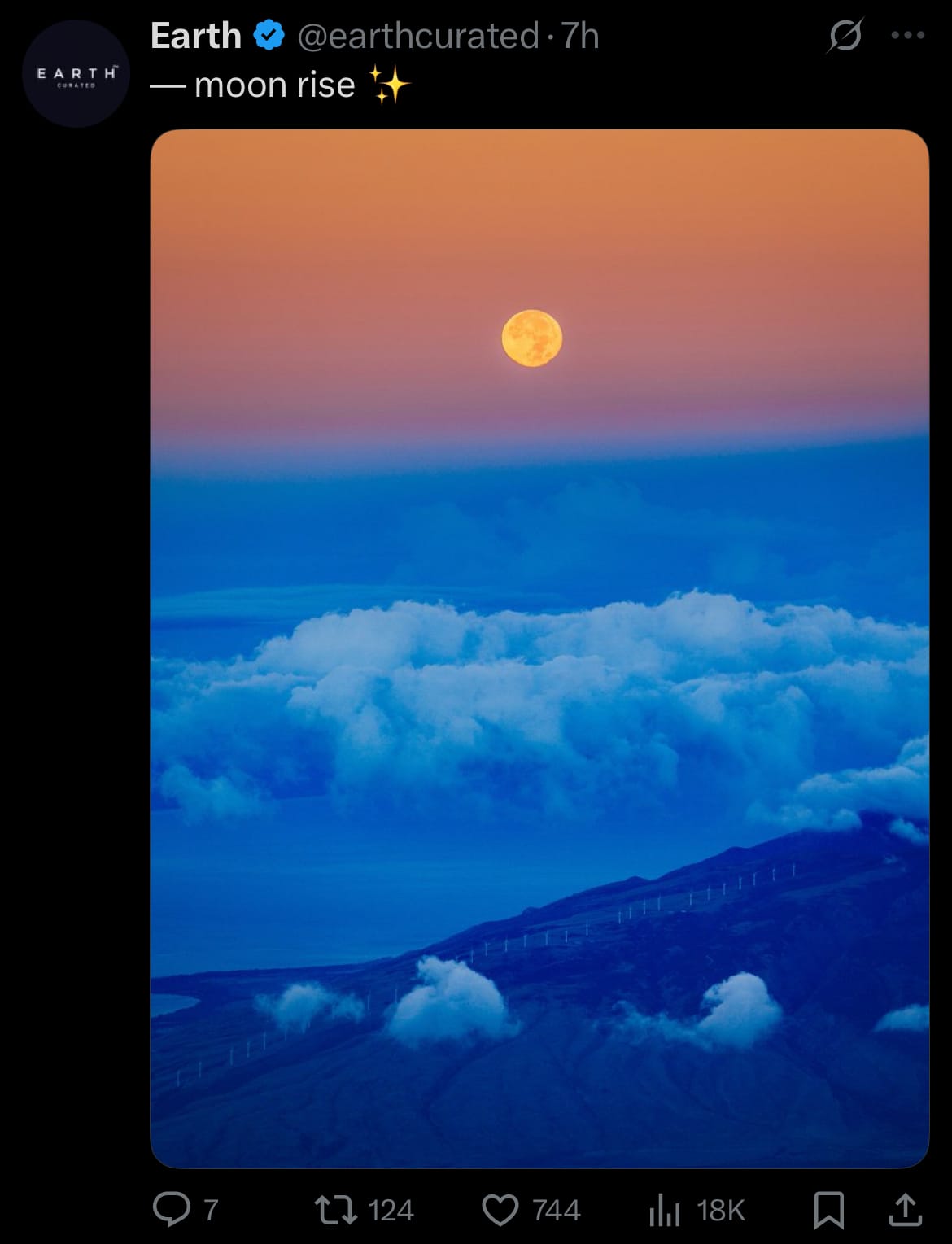
Thanks for reading!
Earth is complicated, we make it simple.
Click image to view the Earth Intelligence System:
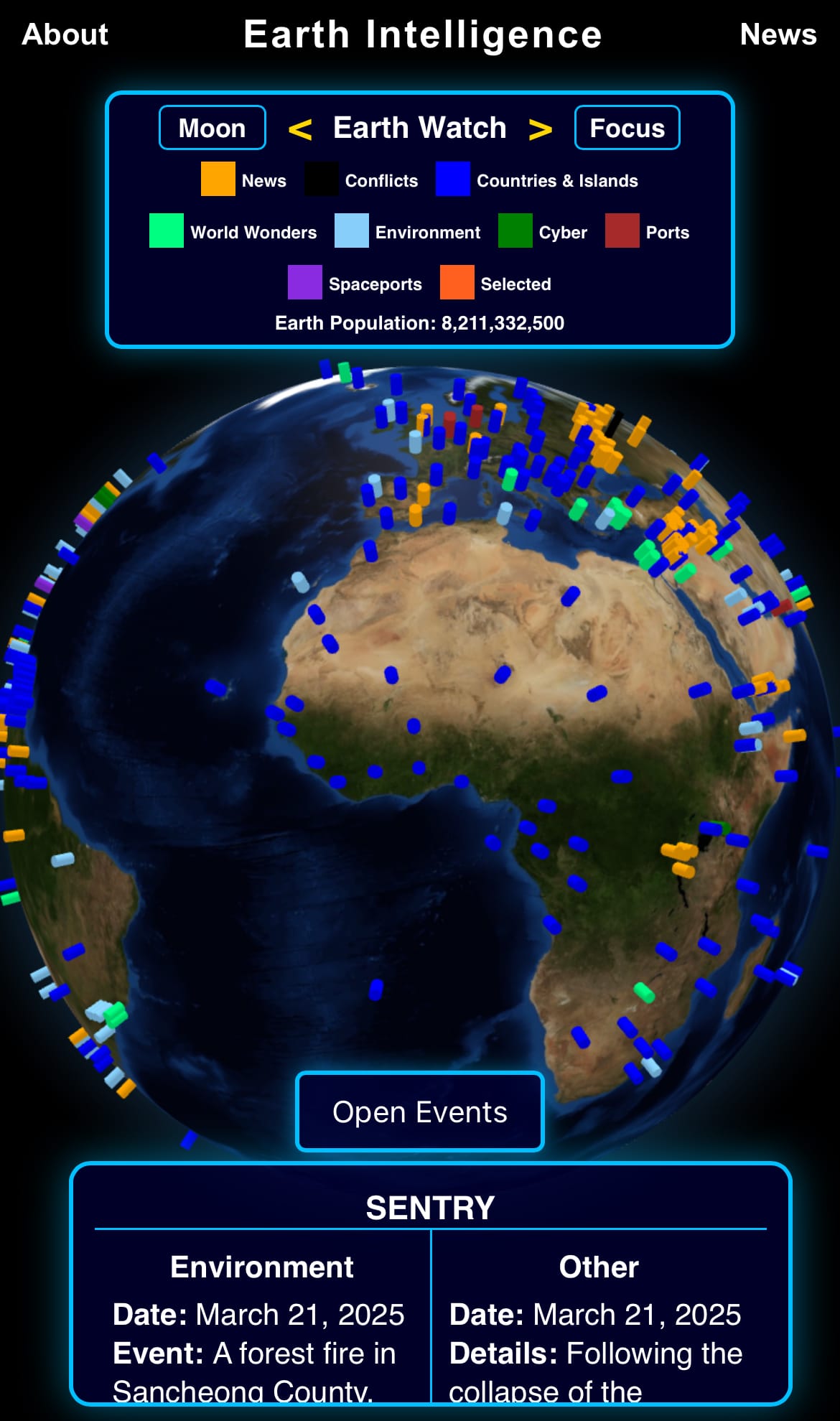


Support/Suggestions Email:
earthintelligence@earthintel.news

